Mushrooms perfectly complement many different dishes and sauces, not only in autumn. However, in order for them to retain their flavour and aroma for longer, they should be properly preserved. Which mushroom dryer will be best and what should you pay attention to when choosing such equipment?
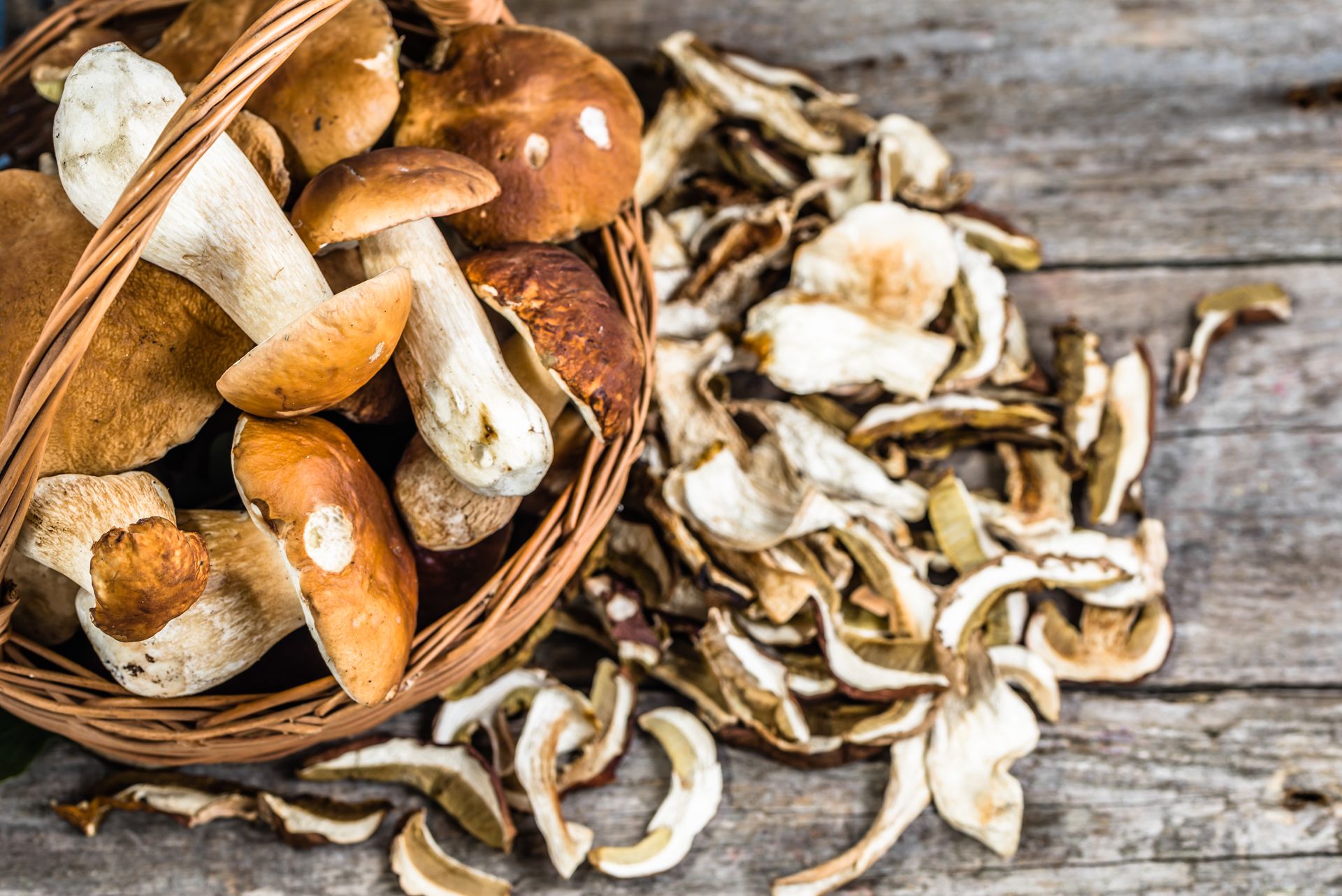
Mushrooms perfectly complement many different dishes and sauces, not only in autumn. However, in order for them to retain their flavour and aroma for longer, they should be properly preserved. Which mushroom dryer will be best and what should you pay attention to when choosing such equipment?
- How does a mushroom dryer work?
- How should you prepare mushrooms for drying?
- Which mushroom dryer should you choose and what should you pay attention to before purchasing one?
- Mushroom dryers – how much power?
- Which mushroom should you choose for a restaurant?
- Which mushroom dryer will be best for commercial use – summary
How does a mushroom dryer work?
In order for most traditional methods of food preservation, such as drying or smoking, to be efficient, you should use the right equipment. In the case of drying mushrooms, you will need a special dryer. Basic models consist of a chamber with trays for arranging mushrooms, fruits, vegetables, herbs and meat.
Whichever mushroom dryer you choose, the basic principle of how each mushroom dryer works is the same. They use an electric heater and a fan to convey hot air through the device, thus drying the mushrooms. An appropriate temperature is therefore important for different uses. A large temperature range (e.g. 32-68°C) will let you use it for different ingredients, such as mushrooms, sliced fruit or pieces of meat. A constant temperature level is extremely important and should not be changed while the device is in use. Food dryers should also come equipped with a timer, with a time range up to even 40 hours. Adjusting both of these parameters will let you carefully prepare healthy ingredients and avoid the risk of over-drying.
How should you prepare mushrooms for drying?
In order to fully enjoy the taste and aroma of dried mushrooms, you should first properly prepare them. How should this be done? Below is a list of the most important steps:
- clear the mushrooms and separate the stems from the caps,
- wash them (but do not soak them)
- cut them into slices,
- arrange them on trays,
- set the temperature and drying time.
Boletus or porcini mushrooms prepared and processed this way will perfectly complement sauces, soups, snacks and main courses.
Which mushroom dryer should you choose and what should you pay attention to before purchasing one?
Now that you know what drying mushrooms is all about, let’s take a look at the features of such equipment. When browsing mushroom dryer reviews, you will quickly notice that in addition to the price there are some other basic aspect worth bearing in mind. These include, first of all, the number of trays and the power of the device. These are the two most important parameters.
The number of trays (sometimes also referred to as levels, strainers or shelves) determines the capacity of the dryer. This will determine how many mushrooms can be dried at one time. Various models have a different number of trays. The smallest ones have five trays, while the largest can even have more than thirty. Where does such a significantly different number of trays come from? Food dryers, including ones for mushrooms, can be used with different intentions. Small ones are perfect for home use, medium-sized ones in catering companies, and the largest ones in commercial food processing.
Among the additional features, the most appreciated are often the automatic switch-off and temperature limit function. The former is usually combined with a timer, and the latter prevents the food from drying out completely. Most dryers are easy to use, but the best are models with an easy-to-read control panel. If you are wondering which mushroom dryer will not only be good for home use, but also, for example, on holiday, it is best to choose a small model with a relatively low weight, which will allow easier transportation.
Mushroom dryers – how much power?
The power output, in addition to capacity, is the most important parameter of mushroom dryers, as it is responsible for the speed of drying. Enough power combined with even temperature distribution in the chamber will guarantee the best results. When it comes to small models (up to 5 or 6 shelves), those with a power range of 200-400 watts are most popular, although there are slightly more powerful versions on the market – 500 watts. Large dryers with 10 or 16 trays will consume more energy. They usually have around 1000 to 1500 watts, making them much more efficient.
Which mushroom should you choose for a restaurant?
Mushroom dryers may be the ideal solution for your restaurant. If you want to impress your guests with delicious sauces with the addition of dried mushrooms, aromatic mushroom soups, or mushroom-filled dumplings, and even desserts with dried fruit, a food dryer could be the answer. So which mushroom dryer should you choose for your company?
High-quality and efficient equipment is required in the case of commercial kitchens. You should therefore aim for a model with a greater number of trays than for standard, home use. Also make sure it has temperature and working time regulation. In a commercial kitchen, especially at busy moments, many activities are performed at the same time, and controlling the process of drying fruit or mushrooms will not be your priority. This is why automatic models will be best.
Also make sure the equipment you choose is robust. Stainless steel products are best in this case, and mushroom dryers are no exception. HoReCa designated food drying equipment will usually come with stainless steel trays and housing. This material is not only resistant to mechanical damage and chemical reactions, but is also extremely easy to clean due to its smooth surface.
If you decide to dry mushrooms and fruits, a vacuum packer is also worth considering. It will let you not only hygienically store your dried ingredients, but also extend their shelf life. They are ideal for packing coffee, nuts, dried fruits, mushrooms, and much more.
Which mushroom dryer will work best in a small bistro?
The choice of dryer should match your menu offer. If you run a small bistro that offers a large number of dishes with mushrooms, then consider purchasing a more expensive model with a higher capacity. Many traditional recipes require adding mushrooms among the ingredients. With a food dryer, you can prepare as many mushrooms as you need, and when you need them. It is also great in the case of seasonal dishes, depending on your needs.
Which mushroom dryer will be best for a restaurant?
Larger venues, such as restaurants, will need efficient and reliable equipment. A mushroom dryer made of stainless steel, equipped with 10 or 12 trays, and with a power output of around 1000 watts, should do the job. The exact choice will depend largely on your menu offer. If it contains a lot of side dishes in the form of dried vegetables, then you really should go for high-end equipment. But what if you only intend to use it once in a while? A model with 5 or 6 shelves should be enough, and it will also use less energy.
Which mushroom dryer will be best for commercial use – summary
Choosing the best mushroom dryer is not as easy as it may seem. Various models differ in size, power and temperature range, which can be confusing for inexperienced users. In order to avoid such dilemmas, you should first define your needs. When choosing equipment for a commercial kitchen, it would be good to know what type of recipes you will be dealing with. This includes such aspect as the type of dish and the number of portions. By analysing the recipes, you can easily determine how many dried mushrooms, fruits or pieces of meat you will use.
Once you have determined your expected requirements regarding the amount of ingredients used, you can start looking for a specific model. You should always check the capacity of the appliance (the number of trays in the chamber), the power and the temperature range. It is also worth paying attention to the material it is made from. In this respect, food dryers for commercial and home use differ significantly. Professional cooks opt for stainless steel equipment, while dryers with plastic trays and covers are usually intended for home use.

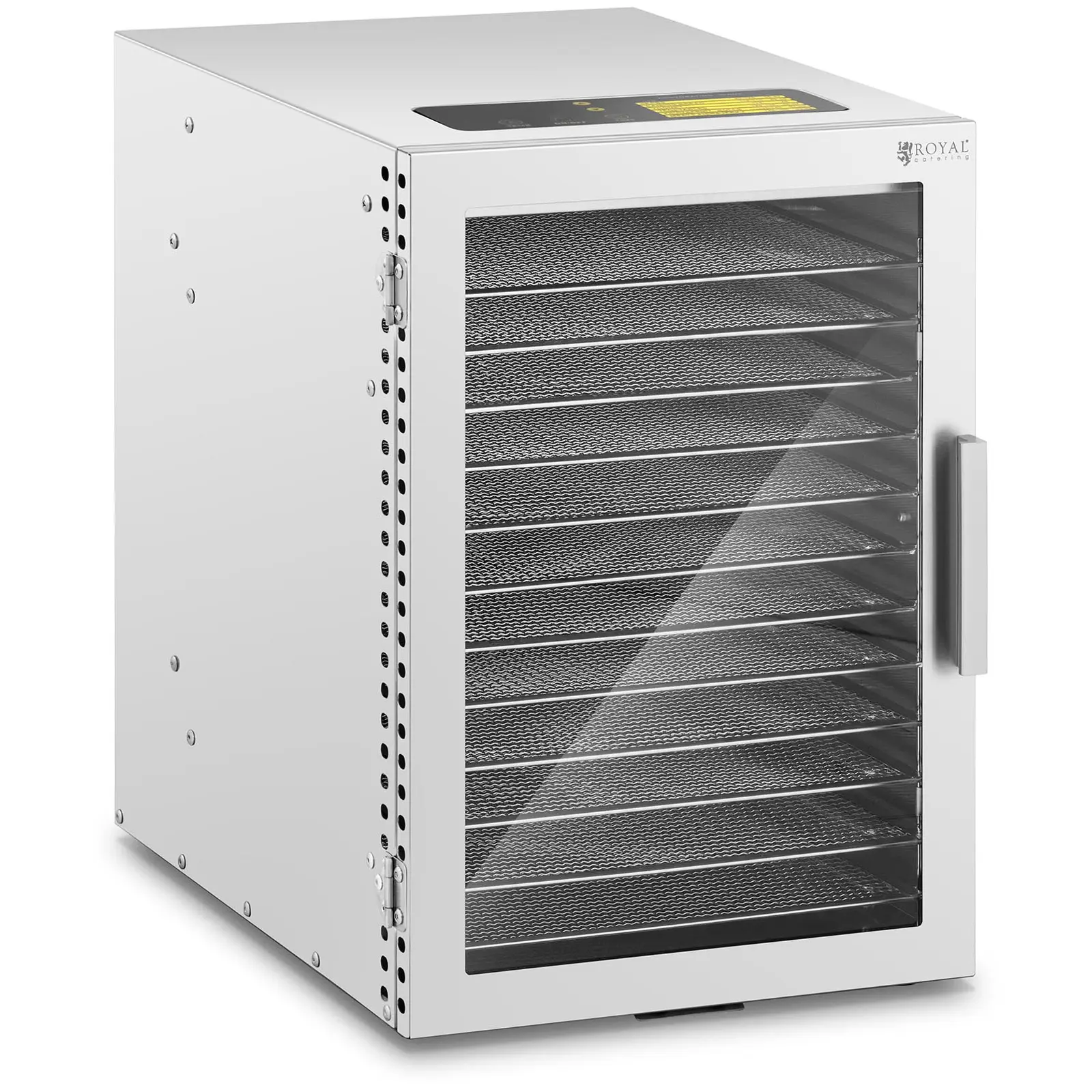
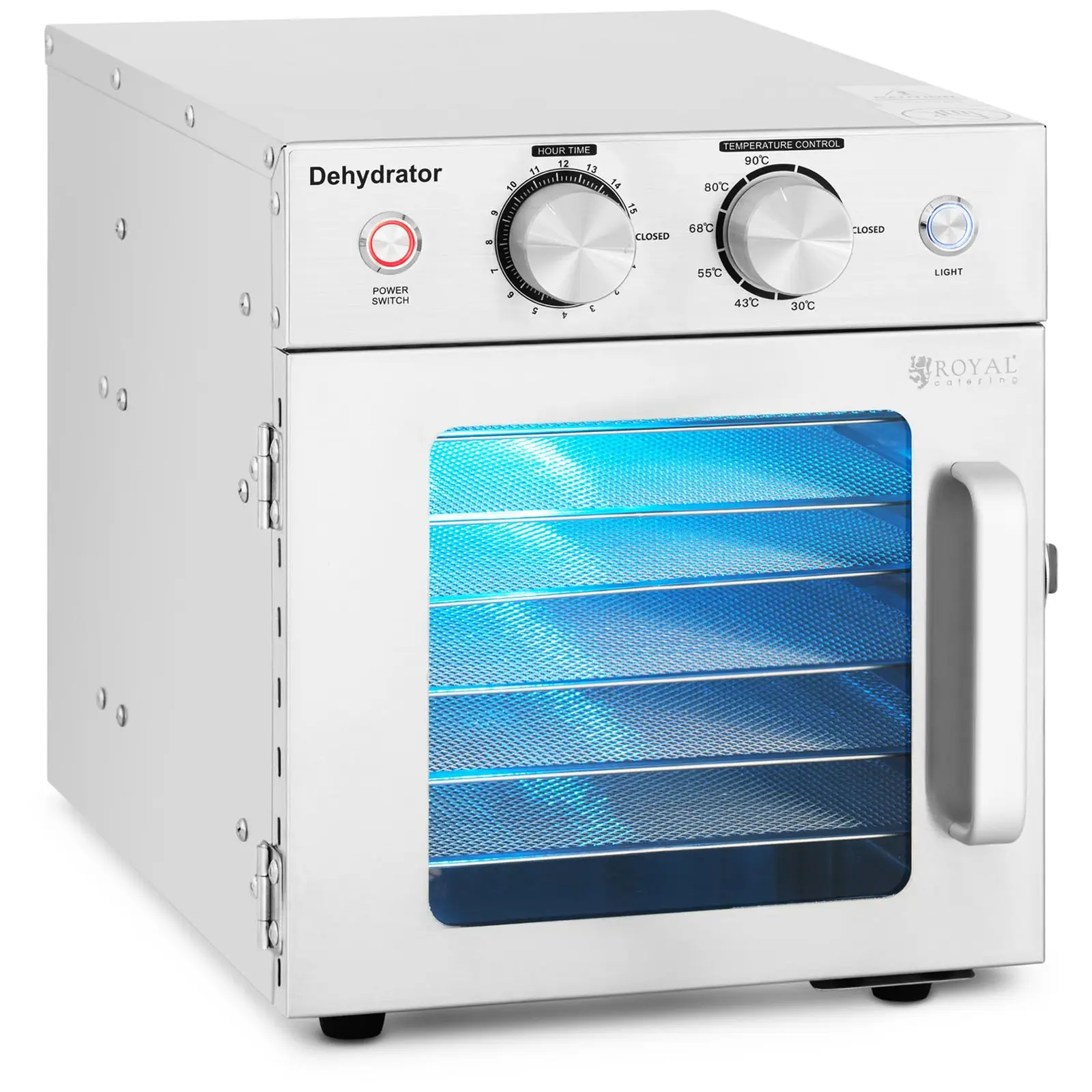
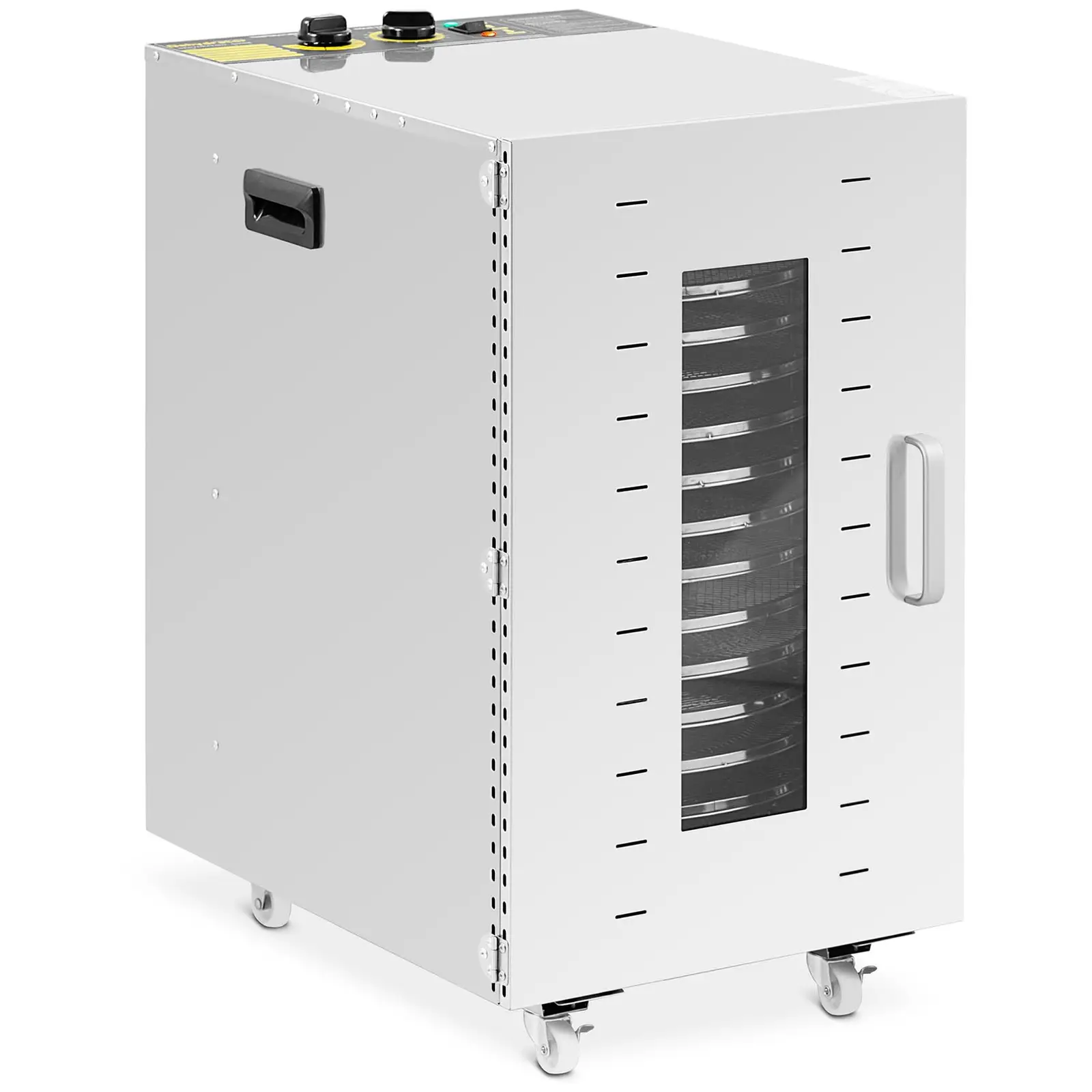


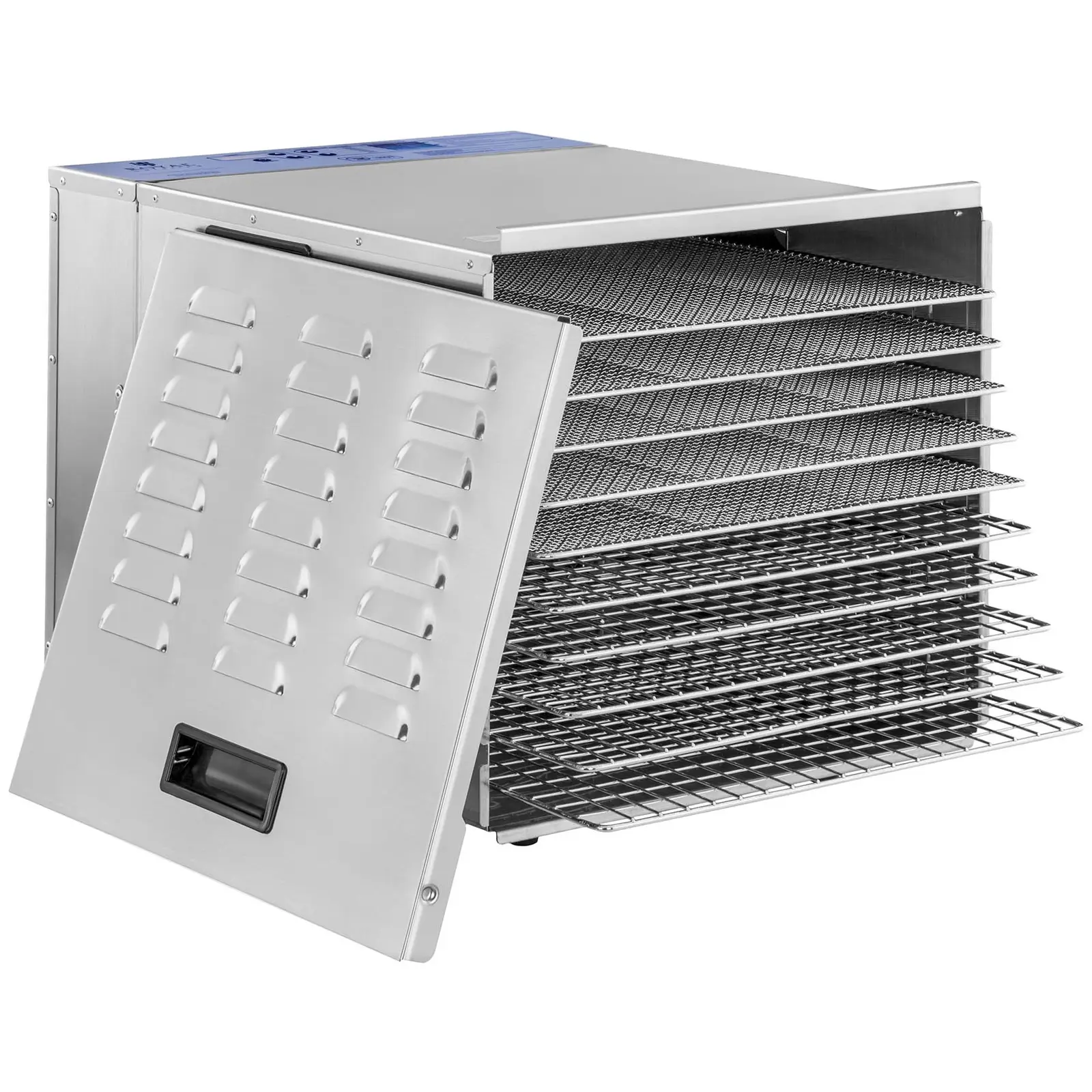
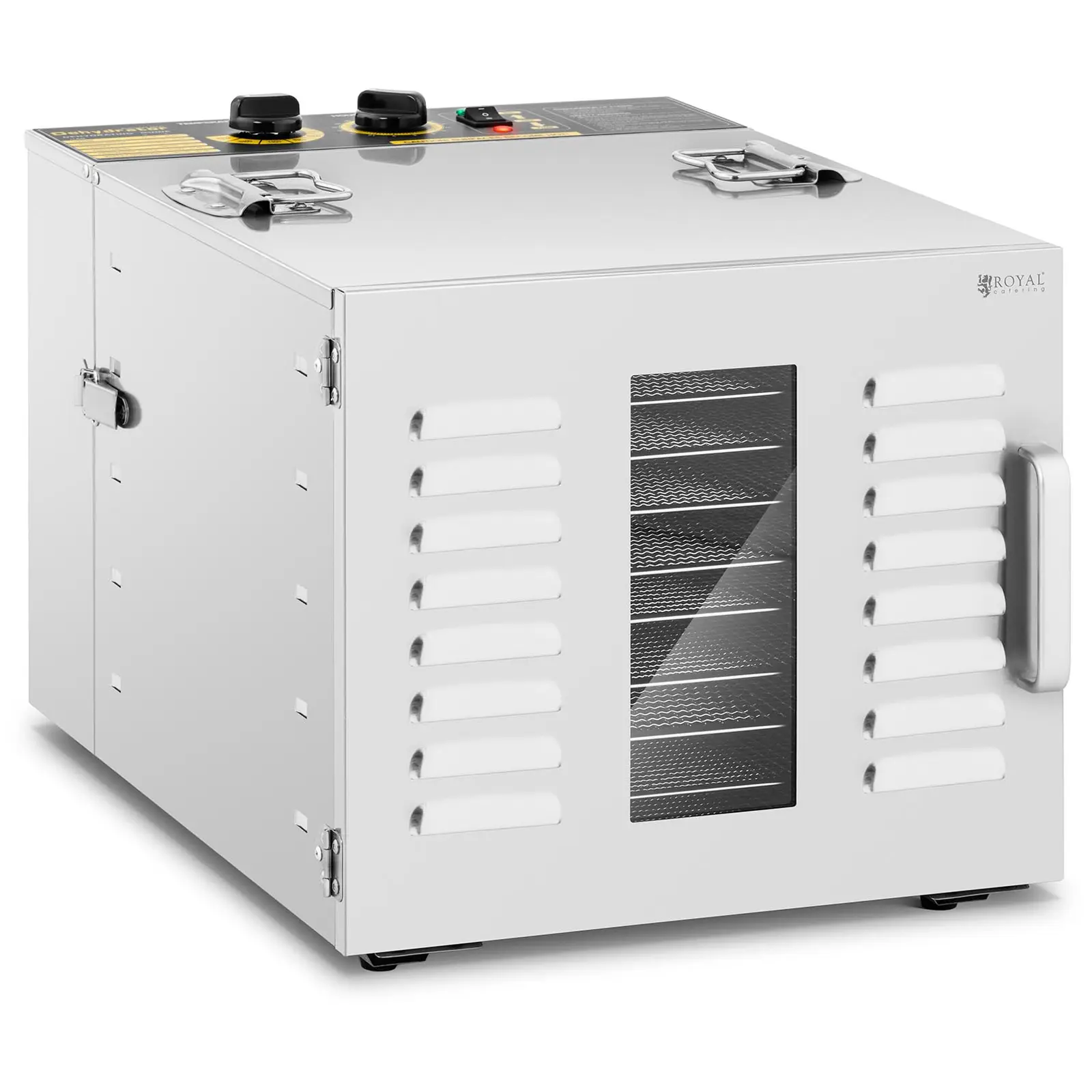
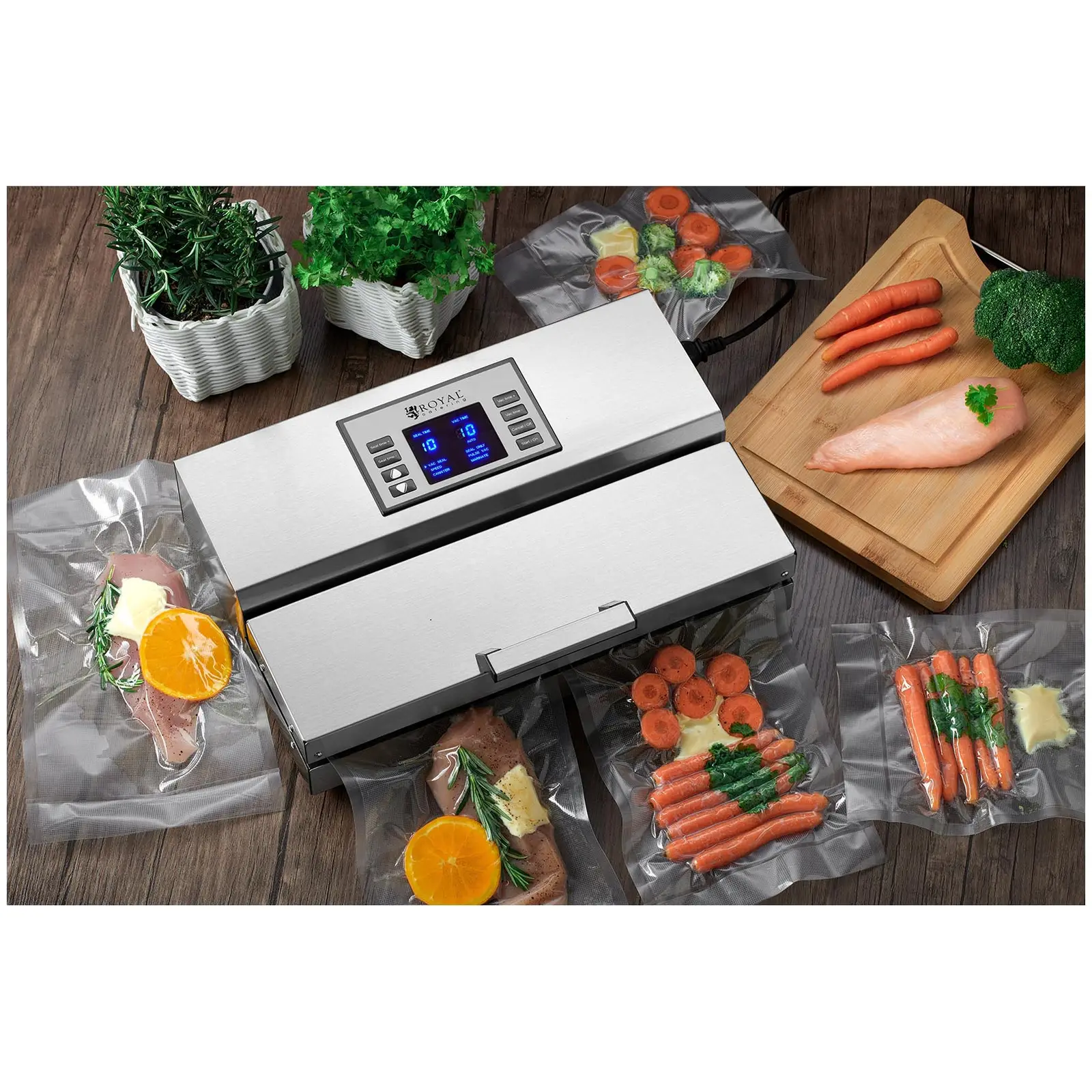
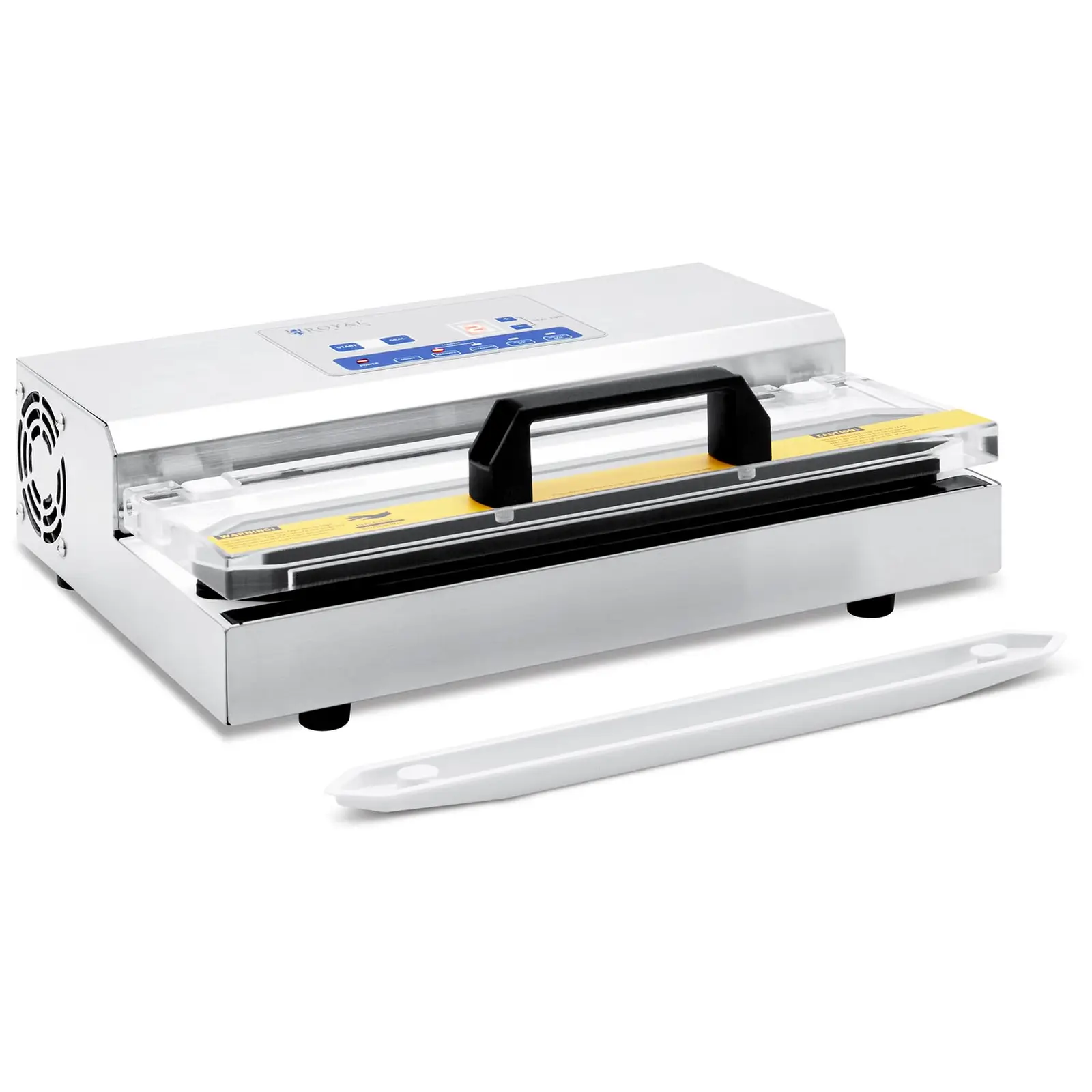
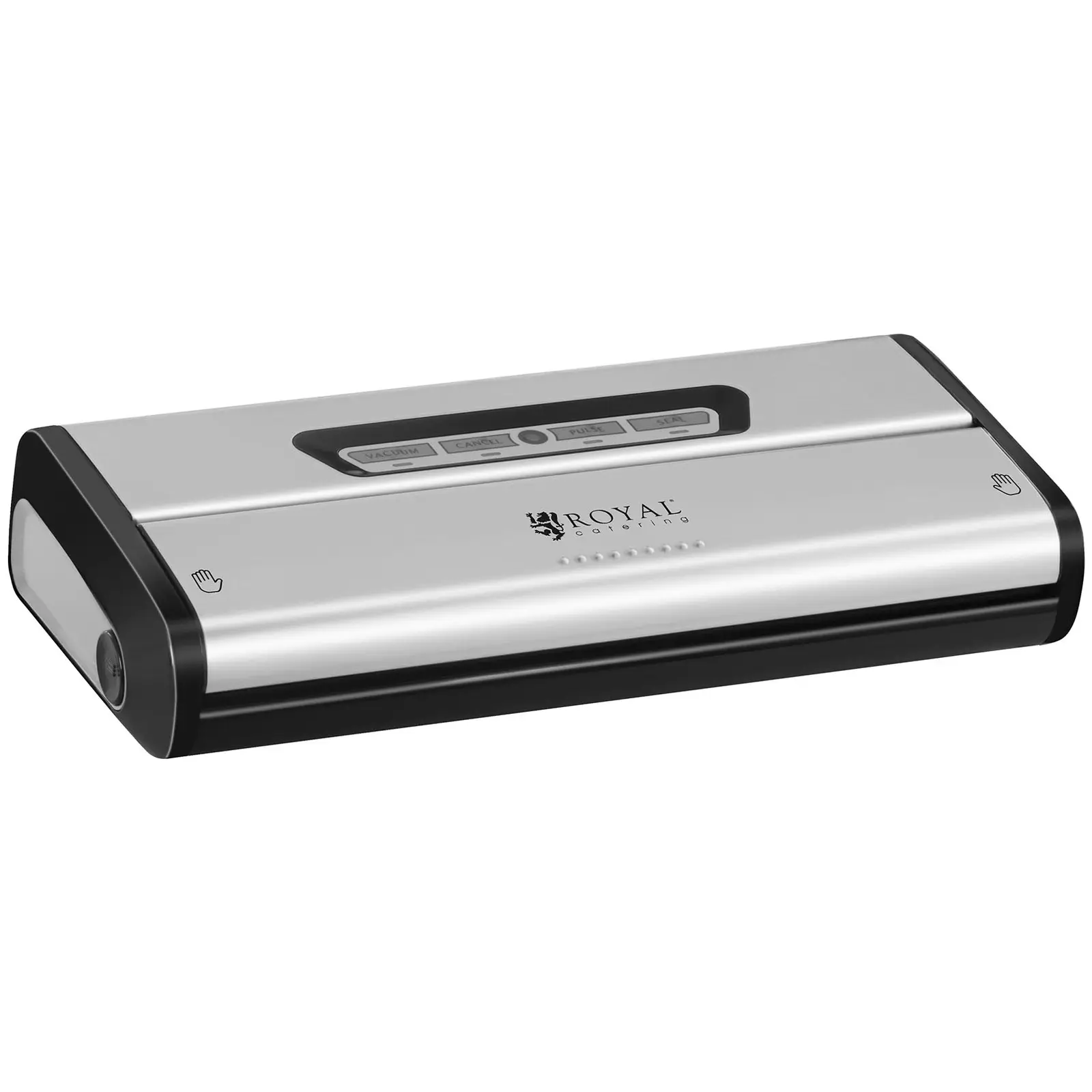

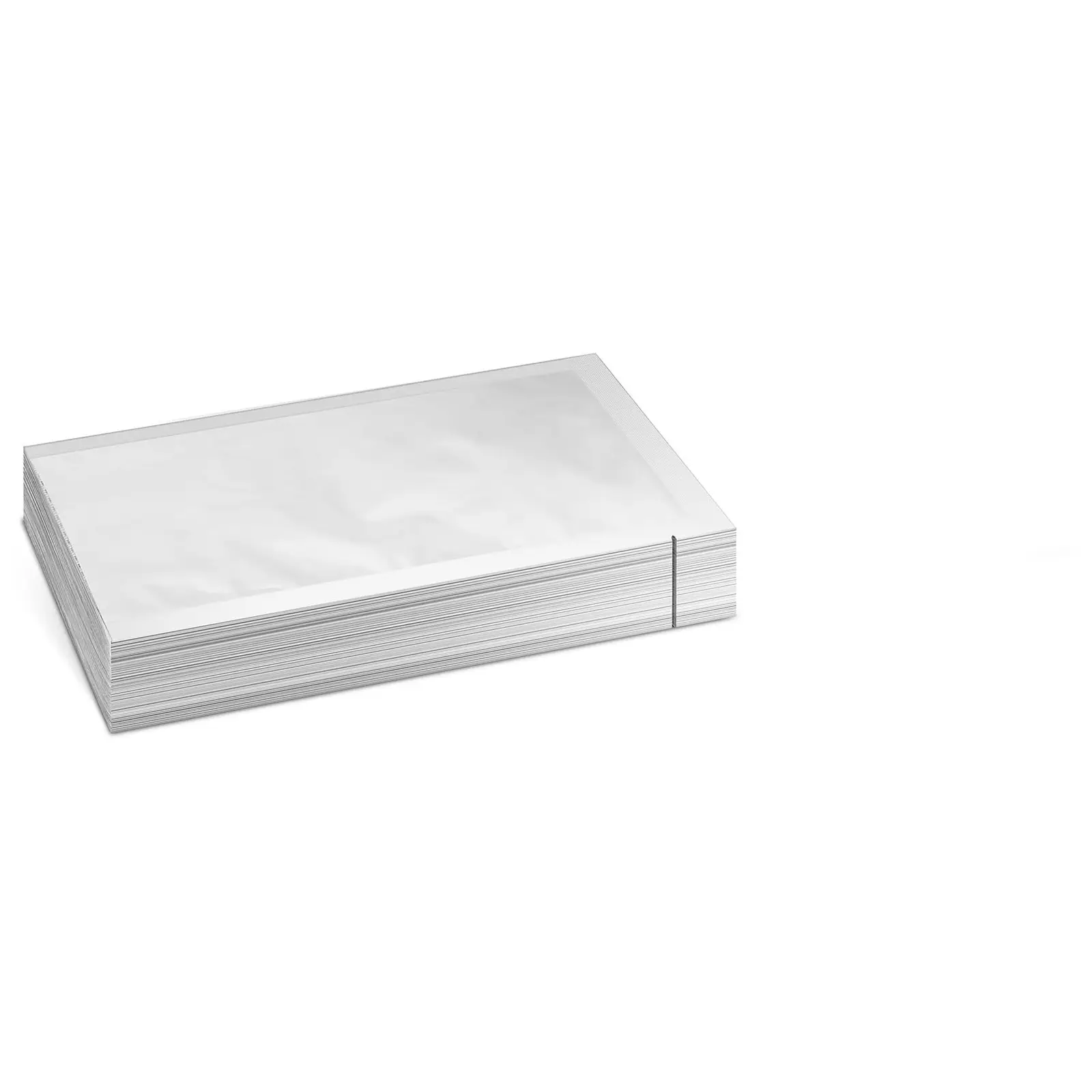


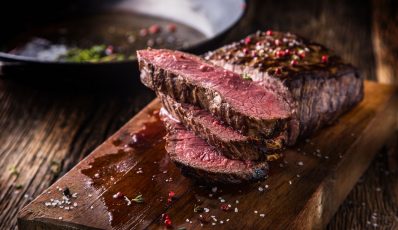


Share